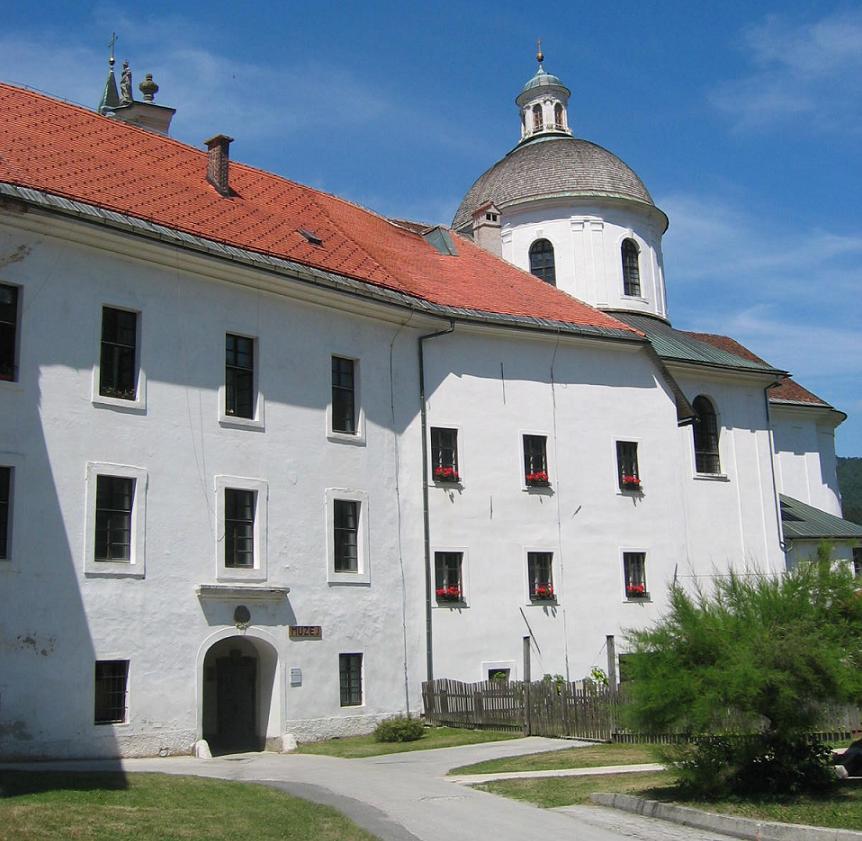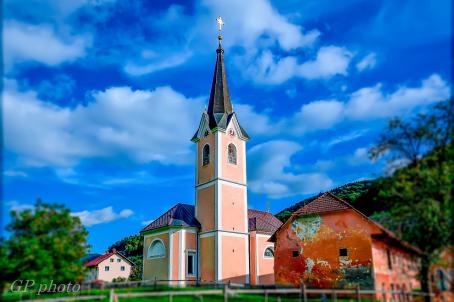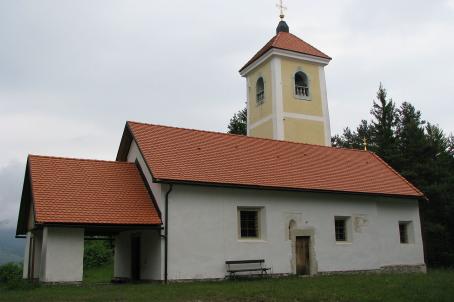Gornji Grad Monastery
The Benedictine monastery in Gornji Grad was founded in 1140 and was dissolved in 1473 (after 333 years). Due to the moral decline of the monastery and the reduction in the number of monks due to the Turkish invasions - the Turks devastated Gornji Grad in 1471 - the Pope formally dissolved the monastery in 1473 at the suggestion of Bishop Lamberg. The old church of the monastery was demolished in 1752-1760, making way for the church of Sv. Mohor and Fortunato, which is beautifully preserved to this day.





